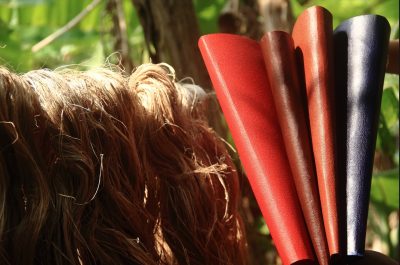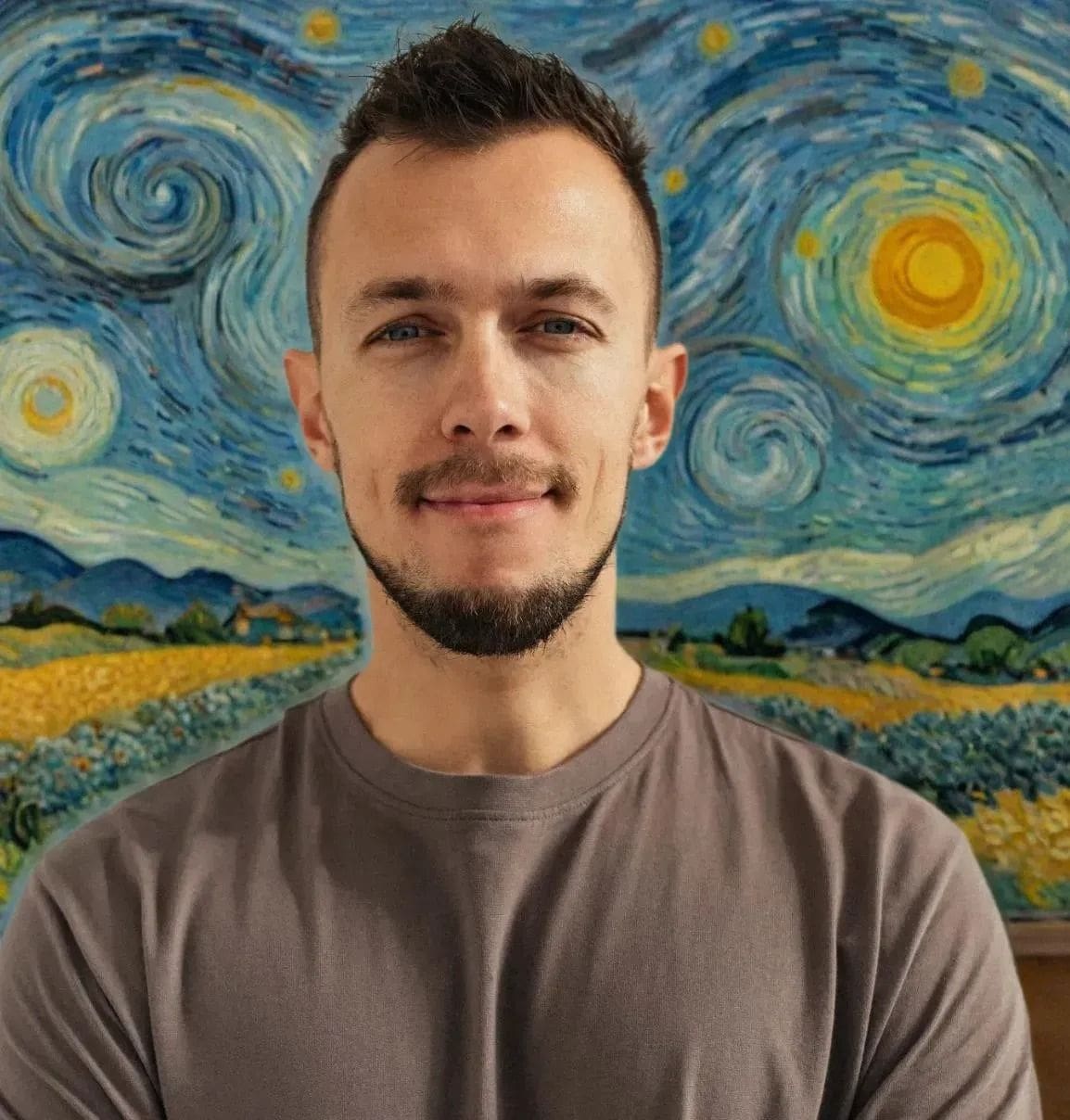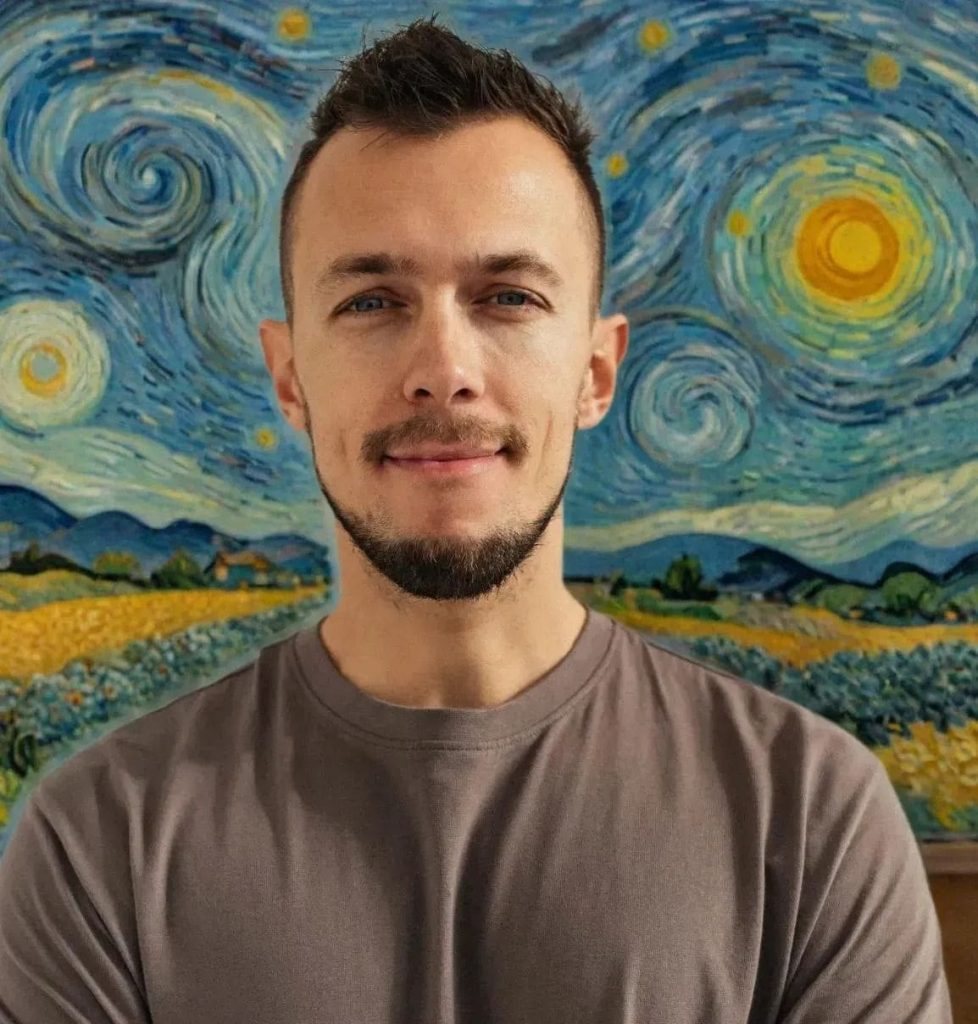
Interview with Jinali Mody, the Winner of the $1 Million Hult Prize 2023
Welcome to the world of Banofi Leather, where innovation meets sustainability in the most unexpected way. In this blog post, we delve into the...

Can you tell us about your role at myOnvent and the type of design projects you typically work on?
To begin with, I want to clearly underline the following statement: I have one of the best jobs ever! I’m lucky to work with the brightest minds around the globe, the visionary tech entrepreneurs, innovators, people of time who believe in what they do stronger than anyone else. My impact is simple: I help to turn their boldest ideas into successful businesses that make the world a better place to live in. How? By making their complex ideas structured, easy to understand, and as an outcome – easy to use.
What keeps you at myOnvent for so many years?
To be honest, I cannot name just one reason. I believe we have a kind of chemistry that keeps the entire core team together.
What aspects of your job do you find most rewarding?
I found reward in turning problems into opportunities. It began with a zero-to-one path: building an app that had no analogs. The entire team worked remotely, even before it became mainstream. At a certain point, the team was spread across 10 countries from Australia to the US. The Russia-Ukraine war posed a significant challenge, especially considering a large part of our team is from Ukraine (I’m from Ukraine as well).
Design is a field that often requires creativity and innovation. How do you stay inspired and keep up with the latest trends in design? Are there any specific sources or methods you rely on for inspiration?
A global engine of my motivation is the desire to make the world a better place to live in. Despite the perception that many creative professions may seem leisurely, product/experience design is quite the opposite. In a nutshell, it’s about engineering emotions. You have to be proactive to achieve the best possible results within the shortest time. While anyone can create something good over a year, when your client has already sold thousands of seats and the event cannot be done in person (hello COVID), meeting the deadline becomes imperative. No excuses.
Where do I take the inspiration?
I’m delighted to have a passion for various forms of travel, always seeking something new, interesting, and captivating. You could call it life research. Over the last 10 years, I’ve relocated between 10 cities in 3 countries. Being innovative is not just a job requirement but a lifestyle, filled with joy, rich cultural, and spiritual experiences.

How do I keep up with trends? –
I feel like I’d only be telling half the truth if I said that I scroll through Behance every morning, attend every promising design conference, and memorize Material Design by heart (which is also true). As a designer, I’ve developed a so-called professional deformation by consistently viewing the digital products I’m working on as potential competitors to the product I could improve. I spot imperfections, iterate in my head on how I would enhance them, and once I find a solution, I feel a sense of comfort. My eyes and ears are always open. This innate curiosity provides me with immense learning capabilities to sense new trends at the early stages of their emergence.
Beyond your work at myOnvent, do you have any personal design projects or hobbies related to design that you’re particularly passionate about?
As a part of the core team, I’ve never treated MO as a regular job. From day one, I’ve remained fully committed to the project. I’ve dedicated both professional and personal time for years, contributing to the team’s success in sickness and health. This commitment has played a crucial role in helping MO outcompete others in the high-engagement online and hybrid events market, with our satisfied customers often highlighting exceptional user experience as one of the key features.
Over the last 8 years in my career, I’ve witnessed numerous startups fail due to regrettable decisions, such as cutting essential elements and compromising user experience, leading to a detrimental impact on their reputation. Today, I can confidently say that I have a “sixth sense” for designing things correctly from the start. This knowledge is gained through a mix of painful and rewarding experiences, where falling into the same traps has proven to be the most valuable learning.
As of now, with MO mature and standing on its own, and a significant portion of the backlog work completed, I feel empowered to take the next step. I’ve founded my own project studio, infusing it with a design twist, to invest my talent, experience, and vision in early-stage tech startup ventures.
How do these personal pursuits influence your professional work?
Let me share a brief story. Before transitioning to design, I built my career in Sales. As a business development manager in a hardware tech company, I had a close connection with the CEO. One day, he presented me with a gift – a notebook with an engraved slogan by Lion Feuchtwanger — ‘A talented person is talented everywhere.’ This saying underscores the strong connection between professional and personal life. Being a proficient performer in your hobby often translates to more success in your work. The better you are at project A, the better the results you can achieve in project B and beyond.
Once you develop a pattern of success, you can apply it everywhere. For me, this pattern involves transforming ugly, boring, and complicated things into easy and comfortable experiences. While some may mistake predictability for comfort, my mission is clear: I need to fix them all! My wife often complains that I only see problems. Well, I see what I can fix, and this ignites my motivation. I have an itch to make the world a better place to live in—beautiful, intuitive, and engaging. When it’s done right, it becomes inherently comfortable.
The business world doesn’t resemble heaven; everyone has a task to do. However, when people act, they shouldn’t have to suffer. A user experience designer is someone who crafts a satisfying flow, allowing people to find joy in their hard work and making it comfortable to keep moving forward. As Aldous Huxley said, “But I don’t want comfort. I want poetry, I want danger…” This sentiment is more applicable to personal life, romantic relationships, adventurous journeys, and social media content. At work, especially for B2B and B2B2C domains you aim to set up everything as smoothly as possible to focus on the crucial 20% that generates 80% of results. Keep poetry for your personal life, and let us, professionals, solve the rest.
Collaboration is often crucial in design projects. Can you share a memorable experience of collaboration on a project? How did teamwork contribute to the success of the project, and what lessons did you learn from that experience?
We know each other personally. We all form a tight-knit social group, residing in a shared building. Perhaps, we’ve spent thousands of hours in video meetings, striving to build something truly exceptional that will benefit our customers for decades to come. In the events industry, business is typically working against time, so the entire team has cultivated a habit of rapid delivery. While I could delve into the intricate stories that unfolded during the creation of complex features and building white labels, I view myOnvent as one significant, memorable collaboration, filled with challenges and moments of genuine joy.
If I were to highlight one vivid moment, it would be the creation of the real VIP buddy, whose name is Neural Network – the world’s biggest and most vibrant AI-related community nowadays. I cannot discuss this project without detailing my approach to the design look and feel. For those unfamiliar, a white label is not just a new project from scratch but an attempt to create something astonishing based on what we have, dealing with development constraints but incorporating numerous new features into a pre-existing environment. I aimed to craft something engaging, with an interface as captivating as gameplay.
In search of inspiration, I drew from GTA V, a game that seamlessly blurs the sense of time flow. That was the key! The boundary between the real and virtual world had to vanish while exploring the Neural Network, especially now with the Metaverse feature up and running. You should definitely check it out!
How did teamwork contribute to the success of the project?
It was interdependent! Simultaneously, we managed to develop two codebases, merge designs, implement the craziest ideas, all while adhering to a strict deadline. We were fortunate to have one of the best customers ever, with perhaps the highest possible expectations, and we met them. Having a design system in place, along with a structured sequence in fonts and styles, facilitated the onboarding of significant design changes without the need to overhaul the entire project.
What lessons learned?
Well, in a nutshell, design is a learning process. You try something, showcase it, gather feedback, and iterate. The biggest mistake is to adopt a perfectionist role. I often find myself not entirely satisfied with my own designs because it propels me toward better quality. However, when someone outside the design department suggests improvements, I have to listen attentively. In experience design, feedback is king. If you don’t empathize and close your ears, the quality of work won’t reach its highest potential. The same rule applies to teamwork – together, we can achieve much more than I could achieve alone, even at my best.
As a designer, you likely encounter various challenges during projects. Can you discuss a specific design challenge you faced and how you overcame it? What strategies or problem-solving approaches do you find most effective in your design process?
I’d like to begin with the design challenge. In the field of experience design, we navigate within a triangle of engineering, sales, and psychology. If you were to pick up a pen and quickly sketch something within this triangular shape, that would represent the artistic component – often the most challenging part. Some liken good design to good politics, acknowledging that the best politics is invisible. A hallmark of good design is when everything flows smoothly, and you can’t quite pinpoint why. However, if your day becomes consumed by calls, specifications, requirements, buttons, layers, grids, and spacings, you may find yourself drifting into the grey zone – a peculiar mental territory where uncertainty creeps in, even about how to escape this state of mind.
When you begin questioning the necessity of branding colors and fonts, essentially attempting to reconsider the fundamentals, it becomes a symptom of a low creativity level. Here’s my remedy for this design challenge: a change in perspective. Taking a short walk around the office building unleashes creativity. I’ve also adopted a simple yet effective trick – a kitchen timer set for 45-minute sprints. After each sprint, I take a small break, deliberately breaking eye contact with the screen, walking around, and gazing into the distance. I wish someone had shared this trick with me years ago when I spent hours staring at a blank canvas. On days with a healthy balance of creativity, I ensure I walk 8,000 steps before sunset.
What strategies or problem-solving approaches do you find most effective in your design process?
The Design Thinking approach has been pivotal. In 2019, Forbes published an article titled “Design Thinking Can Deliver An ROI of 85% Or Greater” – what can you add to this statement? Design Thinking is a looped 5-step process for getting things done. What I find most crucial in this approach is its simplicity: you go through the steps, and each loop must include a feedback session. Here’s another no-brainer – the feedback loop is a designer’s worktable tool. More iterations typically result in a better end result. Usually, three reviews are sufficient to refine and polish the final outcome.
Subscribe to get free tutorials, tips, news and development updates to your inbox